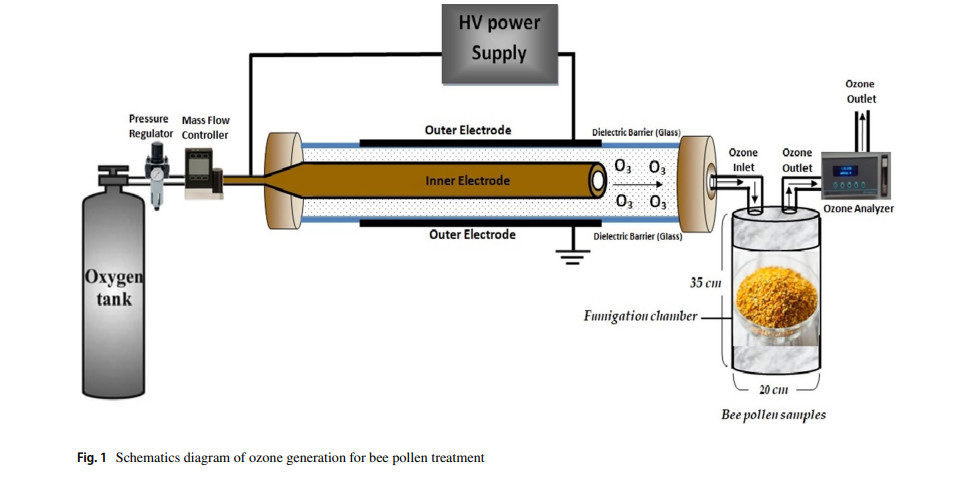Bee pollen is a healthy product with a good nutritional profile and therapeutic properties. Its high moisture content, however, promotes the growth of bacteria, molds, and yeast during storage commonly result in product degradation. Therefore, the aim of this study is to assess the effectiveness of gamma irradiation (GI) and ozone (OZ) as bee pollen preservation methods for longer storage time, as well as whether they are influenced by pollen species. To do that, GI at a dosage of 2.5, 5.0, and 7.5 kGy was applied at a rate of 0.68 kGy/h and OZ application at a concentration of 0.01, 0.02, and 0.03 g/m3 was applied for one time for 6 h, to Egyptian clover and maize bee pollen, then stored at ambient temperature for 6 months. We then determined the total phenolic content (TPC) and antioxidant activity of treated and non-treated pollen samples at 0, 3, and 6 months of storage. Total bacteria, mold, and yeast count were also evaluated at 0, 2, 4, and 6 months. Statistical analyses revealed that, TPC, antioxidant, and microbial load of both clover and maize pollen samples were significantly (p < 0.05) affected by both treatment and storage time and their interaction. Both methods were extremely effective at preserving the antioxidant properties of pollen samples after 6 months of storage at room temperature. Furthermore, the highest concentrations of both GI and OZ applications completely protected pollen samples from mold and yeast while decreasing bacterial contamination. GI at the highest dose (7.5 KGy) was found to be more effective than other GI doses and OZ application in preserving biologically active compounds and lowering the microbial count of pollen samples for 6 months. As a result, we advise beekeepers to use GI at this dose for longer-term storage.
2401 Members
127 Countries!
127 Countries!










